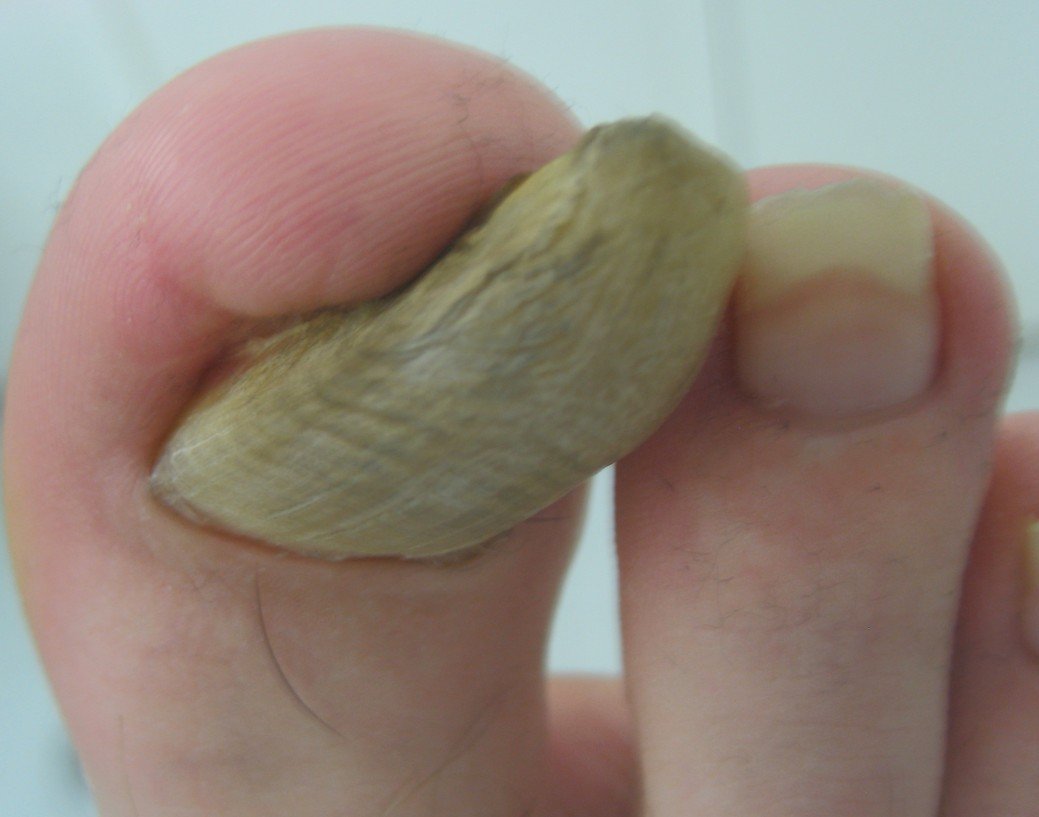When was the last time I wrote about the outbreaks of Clostridium difficile (C. difficile) colitis in hospitals and nursing homes in Canada, U.S.A. and the U.K.? It was 20 months ago (see www.nbharwani.com January 26, 2010).
C. difficile colitis is not out of the news. It is also called antibiotic-associated colitis.
Recently, Southern Ontario and other parts of Canada have had outbreaks of C. difficile colitis. So, what is C. difficile colitis, and how can we prevent it?
C. difficile is a bacterium common in the environment. It is transmitted from person to person by fecal-oral route. That means we ingest food which is contaminated by somebody who handled that food. It comes down to poor hygiene.
The bacterium, in the form of a spore, settles down in the colon (large bowel) and waits there to create trouble. The normal colonic bacteria are resistant to these spors. However, if the normal colonic bacterial flora is altered, for example, by taking antibiotics, resistance to colonization is lost. Then there is trouble and there is overgrowth of C. difficile.
What happens then? You may have no symptoms but become a carrier and spread it around if you do not maintain good hygiene. Or you may have symptoms like watery diarrhoea to life- threatening colitis.
How can we prevent it?
In a recent article in the Globe and Mail, Dr. Khursheed Jeejeebhoy, an emeritus professor of medicine and gastroenterology at the University of Toronto and Pierre-Jean Maziade, a microbiologist and infectious diseases specialist at Centre hospitalier Pierre-Le Gardeur said the following:
“While health authorities are mobilizing to enact stricter hygiene protocols, namely hand washing and hospital cleaning procedures, it’s clear that hygiene alone is not enough to prevent C. difficile colonization, particularly given that 20 per cent to 40 per cent of hospital patients are C. difficile carriers.”
According to Jeejeebhoy and his colleague, the logical solution is to fight bacteria with bacteria. That means use of high-dose probiotic formula to prevent C. difficile infection by repopulating the intestine with “friendly” bacteria.
There are many probiotics in the market. A recent randomized clinical trial published in the American Journal of Gastroenterology demonstrated that C. difficile infection can be reduced by 95 per cent in at-risk patients receiving antibiotics, with the use of a probiotic. (The study used a Canadian formula, Bio-K+.)
Jeejeebhoy and his colleague say that many hospitals have started using probiotics as a prophylactic measure to prevent C. difficile colitis. To date, 35,000 patients have received the probiotic formula, with no side effects. C. difficile infections were reduced by 73 per cent, and C. difficile-related death declined by 91 per cent. Probiotics are now considered standard protocol at Pierre-Le Gardeur Hospital, and it has among the lowest incidence of C. difficile in a hospital environment in Canada.
Finally, in a comment, Jeejeebhoy says, “I have myself used Bio-K prophylactically when I had to take a prolonged course of antibiotics.” Next time you are on antibiotics, make sure you take a probiotic like Bio-K.
Start reading the preview of my book A Doctor's Journey for free on Amazon. Available on Kindle for $2.99!
